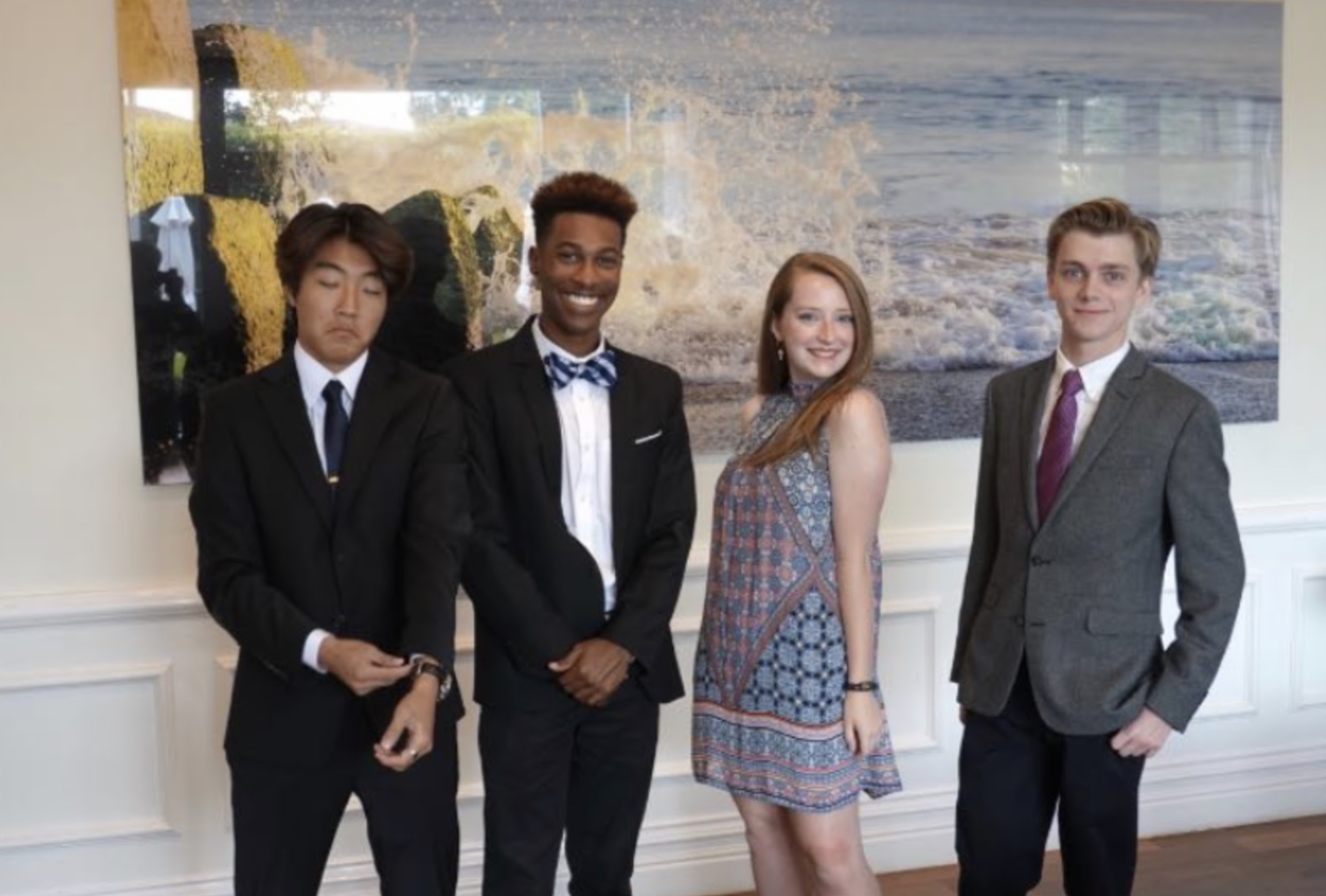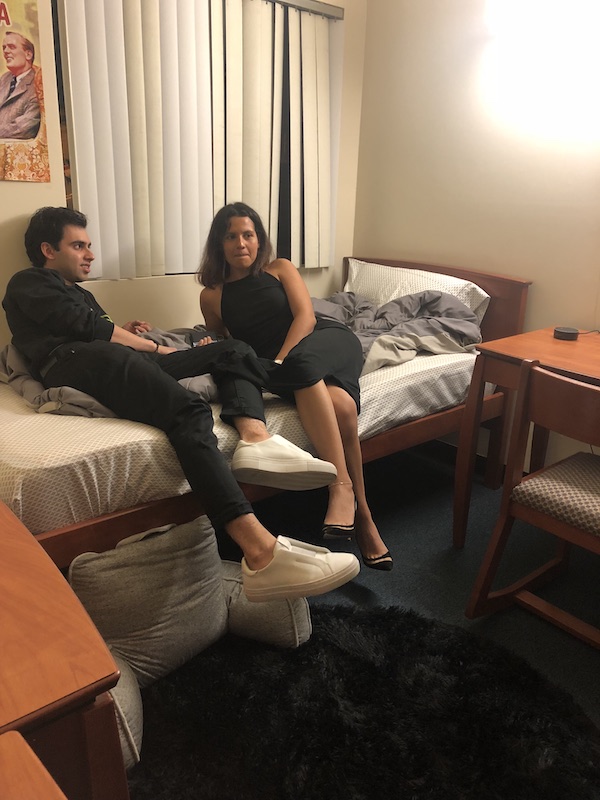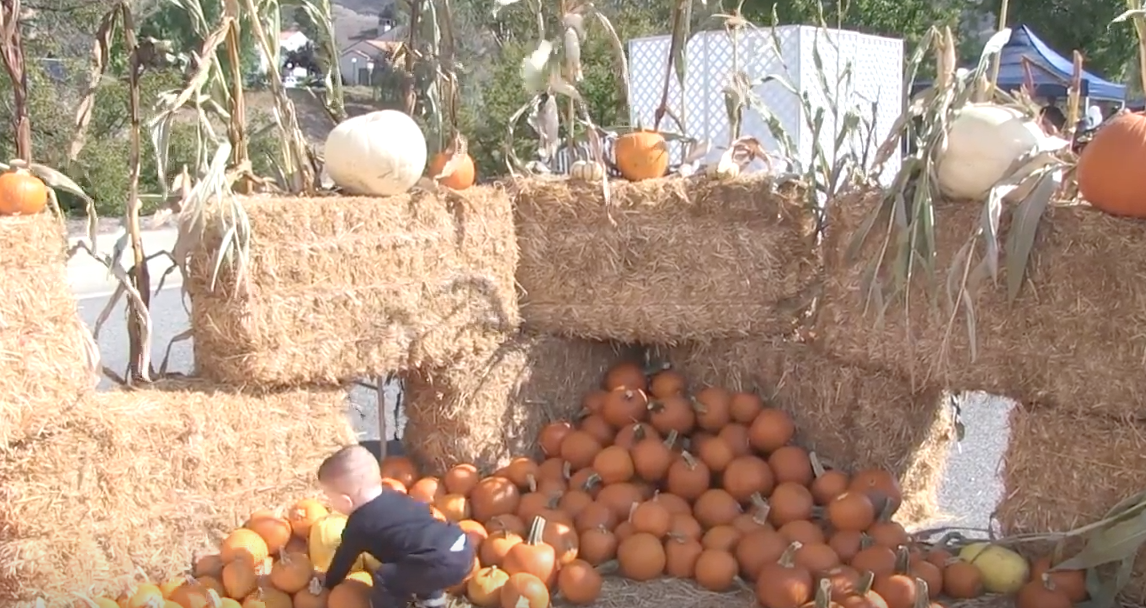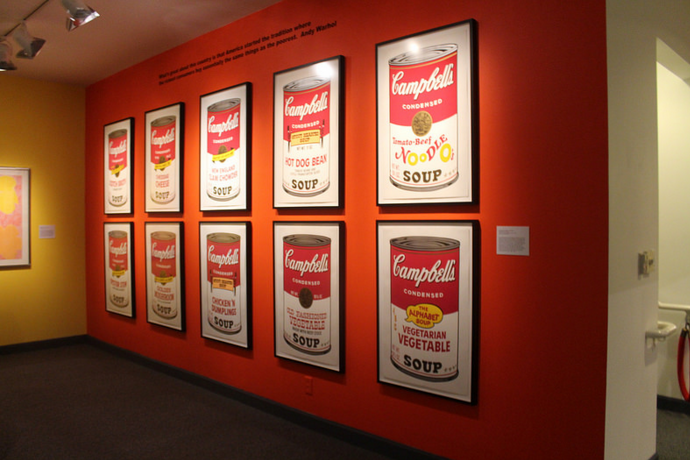
Pop artist Andy Warhol brought in more than 10,000 people to Pepperdine’s Frederick R. Weisman Museum this spring.
This placed Warhol in second place for most attendees on the list of notable artists Pepperdine has featured in the Weisman Museum. In first is Dale Chichuly, whose winter 2004 exhibit showcased his American glass blowing and brought in more than 31,000 people.
Since the Weisman opened its doors at Pepperdine University in 1990, many significant artists have graced the museum’s walls, including American pop artist Roy Lichtenstein, American photographer Chuck Close, American contemporary artist Larry Bell and French sculptor Auguste Rodin, Museum Director Michael Zakian said. Each artist brings in different audiences — both in type and number.
“Pepperdine has one of the best on-campus museums in all of Southern California,” Zakian said.
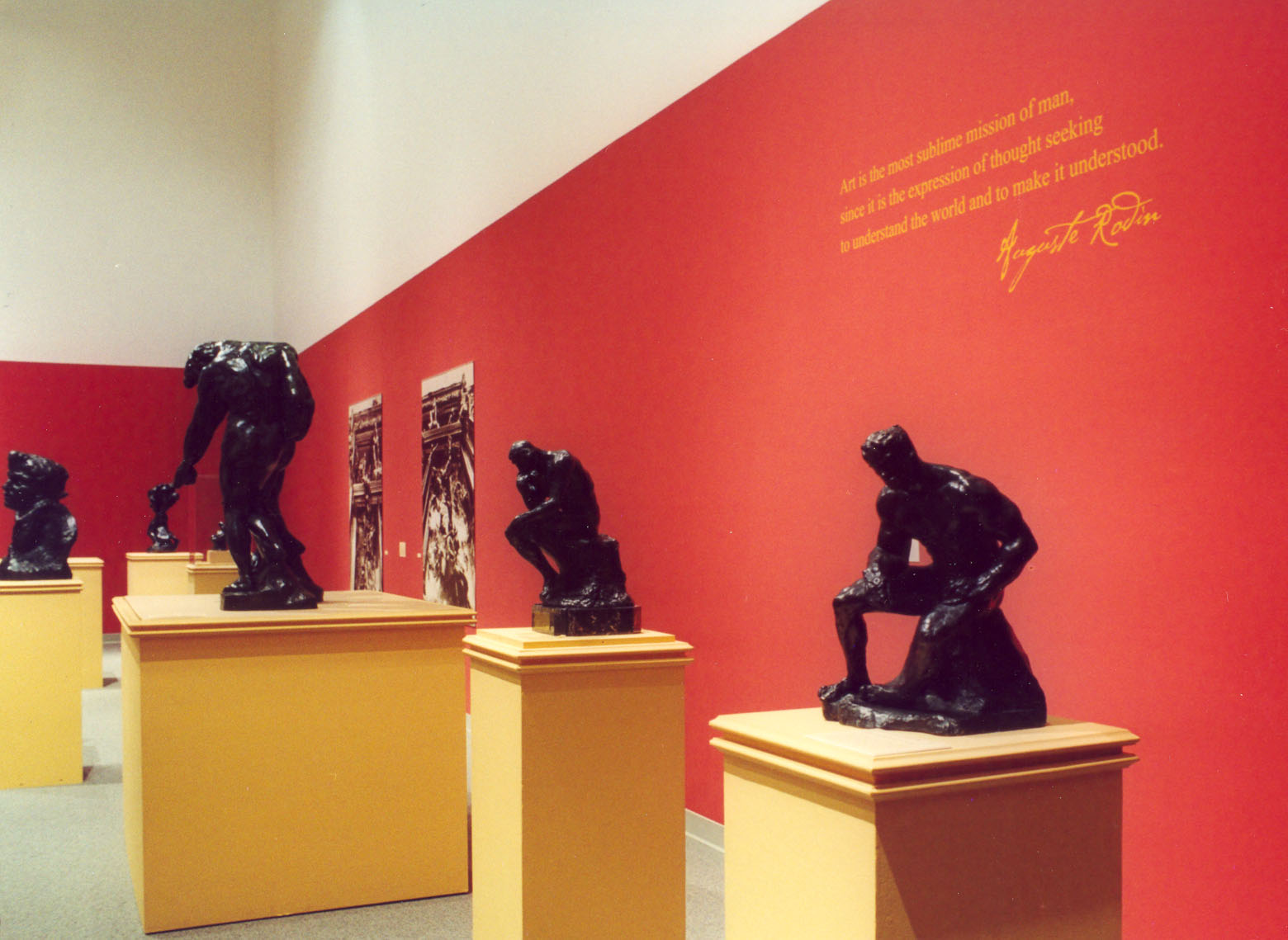
The Weisman Museum aims to impact the greater Malibu and Pepperdine communities, including serving faculty, students and alumni, by bringing a wide variety of exhibits to the museum, Zakian said.
The museum’s rich, 36-year history of renowned exhibits have drawn community attention and been useful in teaching art and humanities classes, Zakian and professors said. However, a Pepp Post poll of 50 students found that just shy of a third of students surveyed have only been to the museum once and another third have never set foot in the museum.
Museum history
Zakian said he uses his vast connections in the art world to bring in seminal artists. The Weisman collection sponsors an exhibit about once a year, and the graduating art students always have a show in the spring.
“We are so lucky to bring in such a wide variety of incredible artists,” Zakian said. “My personal favorite is Larry Bell, a contemporary artist from New Mexico because his art is so progressive. I bring in each artists though so they all have a special place in my heart.”
The museum receives funding from the Weisman foundation and other private donors, Zakian said.
It was a Pepperdine 2001 alumna, Maria H. Arias, who helped bring in the recent Warhol exhibit. Arias is assistant vice president at Bank of America, in charge of the bank’s sponsorship and events, enterprise business and community engagement.
“I am thrilled to be back on my home turf and having the chance to make a difference to this place,” Arias said at the opening exhibit.
Warhol became famous for creating vivid, innovative interpretations of major pop icons and everyday objects.
“It was a huge event bringing Warhol to the Weisman,” Zakian said. “He is someone who I dreamed of exhibiting at the museum. There are so many other artists I would love to exhibit but one thing I always keep in mind is because Pepperdine is a Church of Christ school I keep the exhibits very family friendly.”
The Weisman tries to hold several fun community events each semester to connect the Pepperdine and Malibu communities together, Zakian said. The last event was the Warhol opening Jan. 16 that brought in a few hundred people. Zakian said he is planning an art after dark event soon.
“I love bringing my kids down to the Weisman Museum to see all the new exhibits, it is such a great place for the whole family,” said Kim Gray, 38, local Malibu resident at the event.
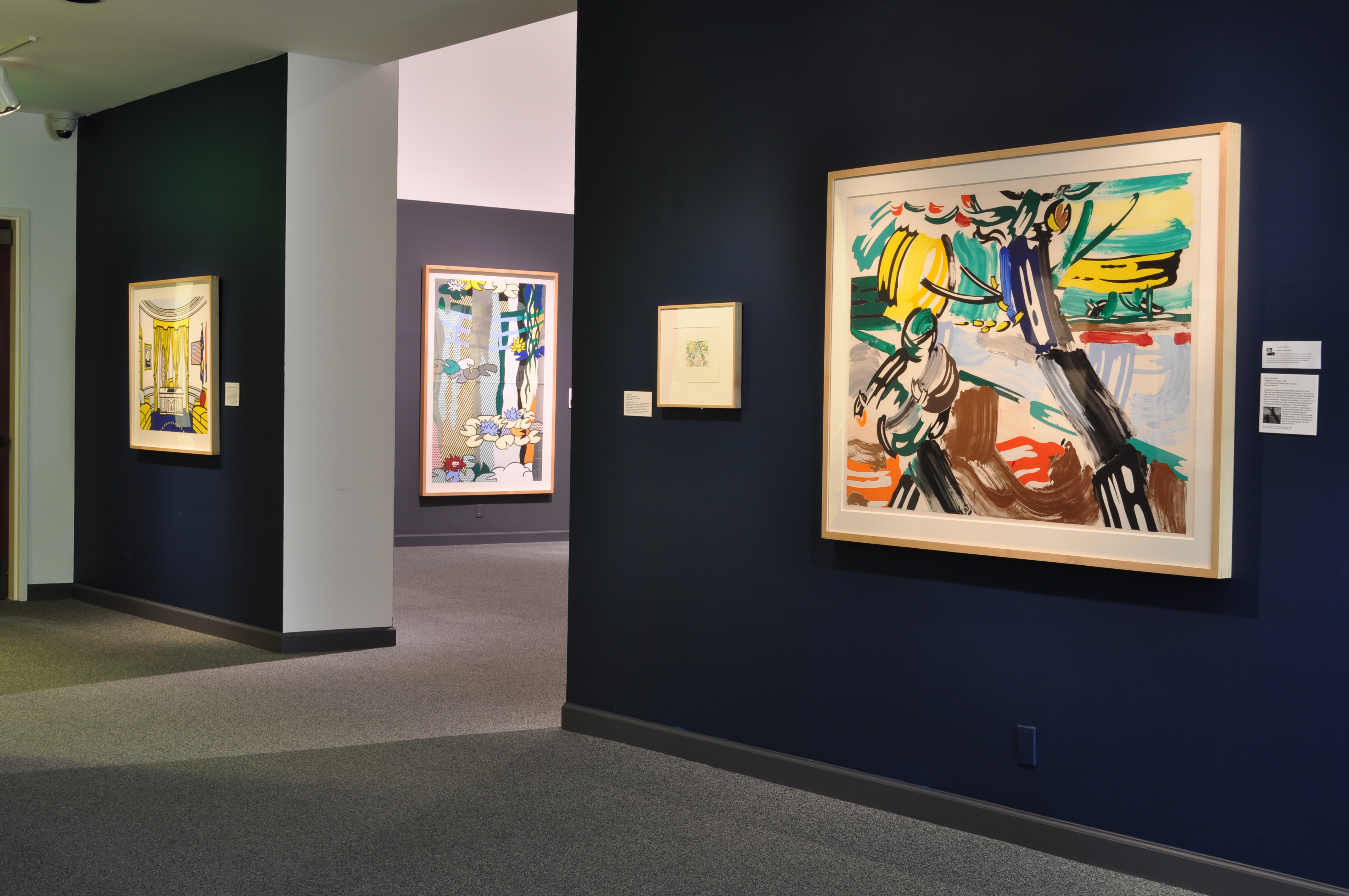
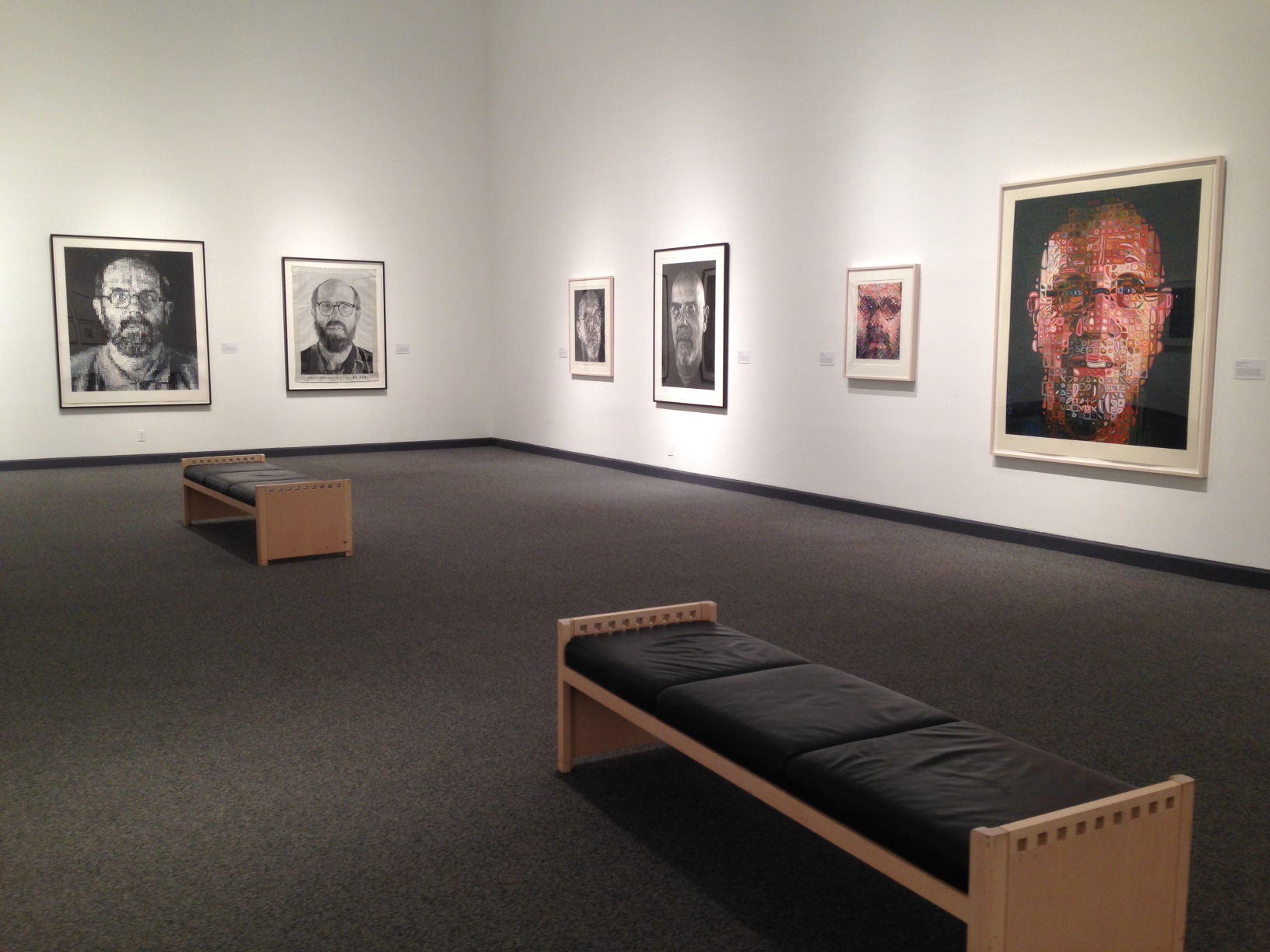
Connecting to the curriculum
Seeing the art is fun and educational for the community, Zakian said.
“Pepperdine students are so lucky to have such incredible art readily available to them,” said Joyce Essex-Harvey, 44, local Malibu resident, on Jan. 16 at the Warhol opening exhibit.
“I wish I could have been a student here.”
The Pepperdine Art Department ensures students take advantage of the Weisman Museum.
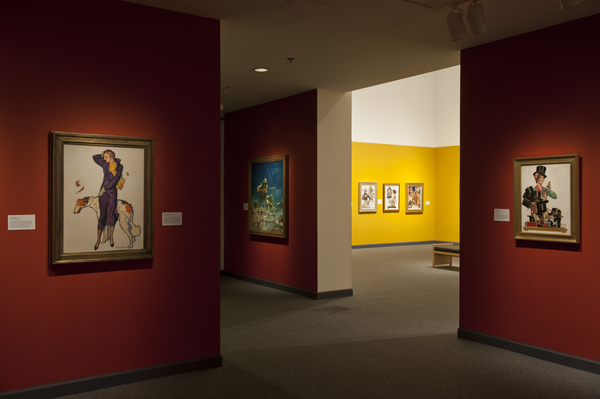
“When the Weisman features contemporary artists, it is incorporated into the curriculum of many art classes,” said Ty Pownall, assistant professor of sculpture art. “We bring our students down to the Weisman, discuss the art, and afterward have the students write an assignment on it.”
The Pepperdine Art Department wants their students to be as involved as possible with the Weisman, Pownall said.
“Many of our students dream to have their own exhibit in a museum such as the Weisman one day,” he said.
The Weisman features senior art each spring before graduation, Pownall said. The latest student exhibit, open April 14 to April 26, is “Light & Dark: the Studio Art Thesis Exhibition.”
“The exhibit features Pepperdine’s largest graduating class of 11 artists and their range of work, everything from painting and installation to concept art oriented on social commentary,” Zakian said.
The graduating class is thrilled to be featured in an museum whose last exhibit was an art icon like Andy Warhol, Pownall said.
“‘I’m so honored to be part of a show with this select group of people,” said Meredith Cary, Pepperdine senior creative writing and studio art major. “I’m honored to have been able to spend my last year at Pepperdine creating with them and getting to know them. They’ve made my final year my favorite one.”
Connecting to Pepperdine students
Although the Weisman has featured renowned artists, many Pepperdine students don’t take advantage of the museum. The Pepp Post poll found that only 10 of 50 students surveyed visit the museum at least once a semester.
“Our art students are very involved with the Weisman but I don’t think the average Pepperdine student is,” Pownall said.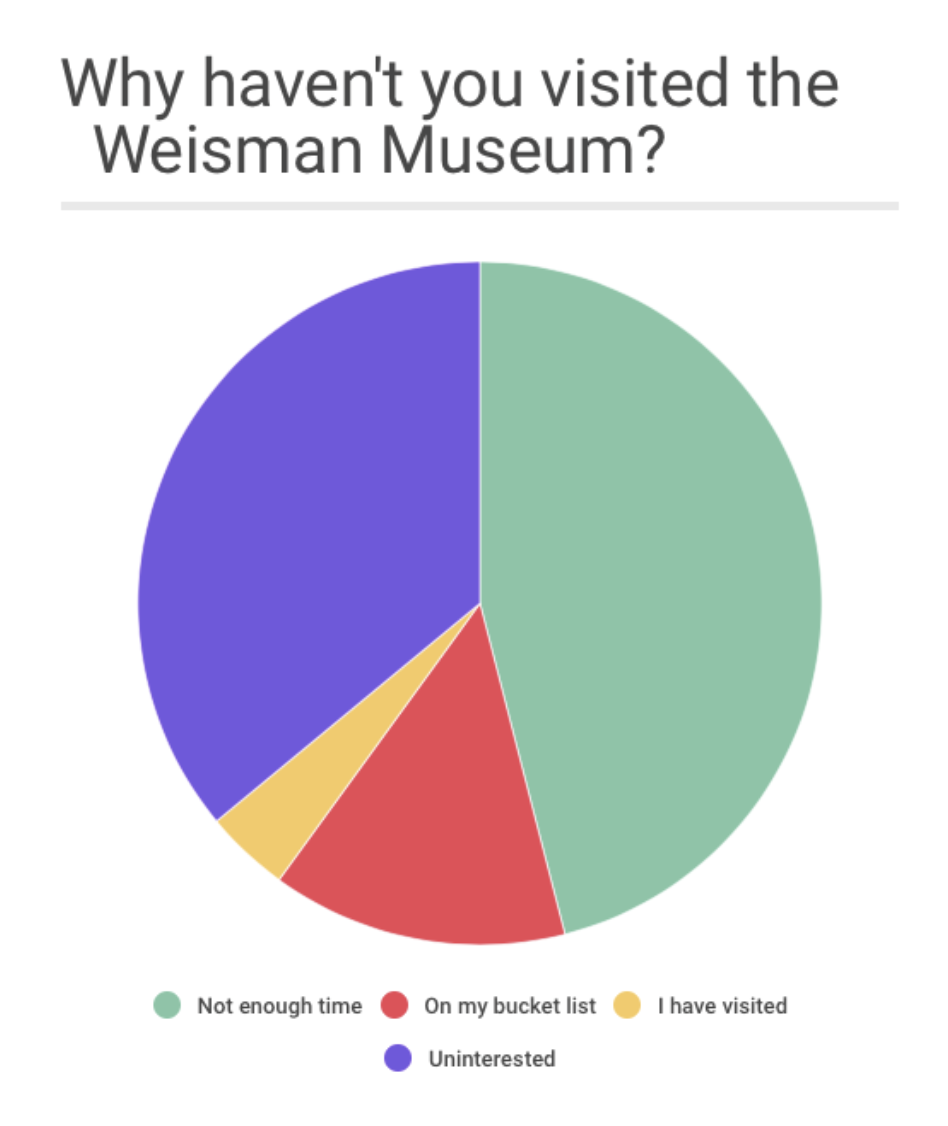
Nearly half of all students cited lack of time for why they don’t visit the museum more, according to the Pepp Post poll. But roughly a third of students said they are “uninterested in visiting the museum.”
“The Frederick R. Weisman Museum is one of Pepperdine’s hidden gems, and I wish more students didn’t take it for granted,” said Christina Lasorda, senior interpersonal communication major, when asked how she felt about the poll results.
The poll found that most students knew what exhibit was currently on.
Pepp post poll of Weisman Museum attendance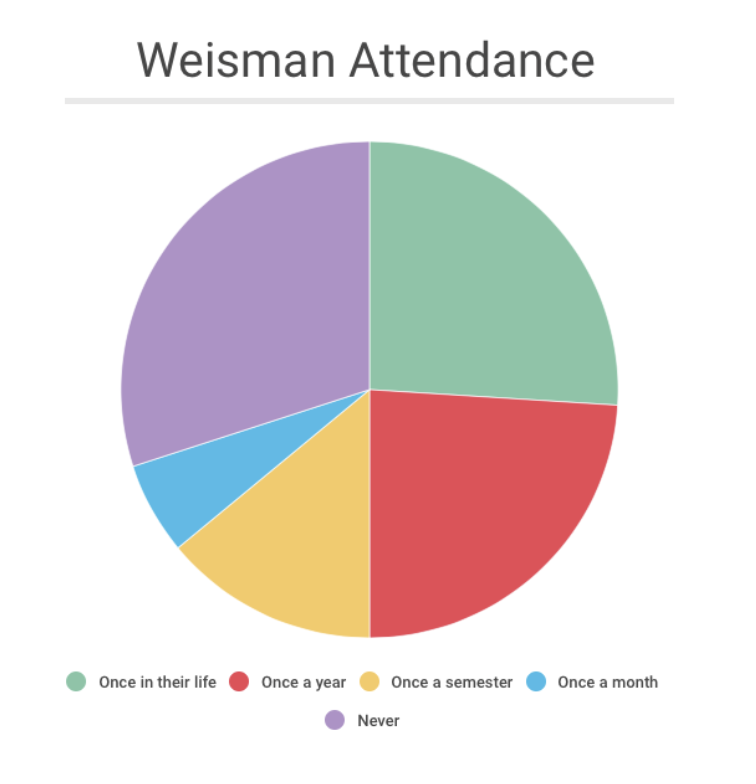
“We are doing more to try and get the average Pepperdine student involved with the Weisman,” Zakian said. “I am starting a club convo series and have and have fun student events planned. I want students to be excited about art and I think the best way to do this is make it fun.”
The Weisman connection
Weisman made a large donation to Pepperdine in 1990, which is why the museum bears his name, Zakian said. The Weisman foundation continues to make an annual donation to the museum to support art endeavors.
Weisman (1912-1994) was a pioneer collector whose rise as an important patron of the arts parallels the emergence of the contemporary art scene in Los Angeles, according to the Weisman foundation.
A native of Los Angeles, Weisman wanted to help create a small museum of his own, Zakian said.
The Weisman foundation’s mission is to preserve, collect and make publicly accessible his collection of modern and contemporary art as a means to strengthen and contribute to artistic and intellectual life. The foundation continues to make the collection available through loans to museums worldwide, according to the Weisman foundation.
Weisman was very social in the art community, becoming friends with many famous artists and his collections show those personal relationships. Artists in his collections include work by contemporary artist John MacCracken, post World War II painter Ed Moses and pop artist Ed Ruscha, all of whom represent seminal movements, according to the Weisman foundation.
Weisman built his art collection throughout the 1980s and early 1990s. When he died in 1994, he left his art collection and foundation under the direction of his second wife and former Getty Museum conservator Billie Milam, according to the Weisman foundation.
The Pepperdine Frederick R. Weisman museum is open Tuesday through Sunday from 11 a.m. to 5 p.m with free admission to all.
Hayley Haythorne completed this story in Dr. Christina Littlefield’s spring 2016 Jour 241 class.

